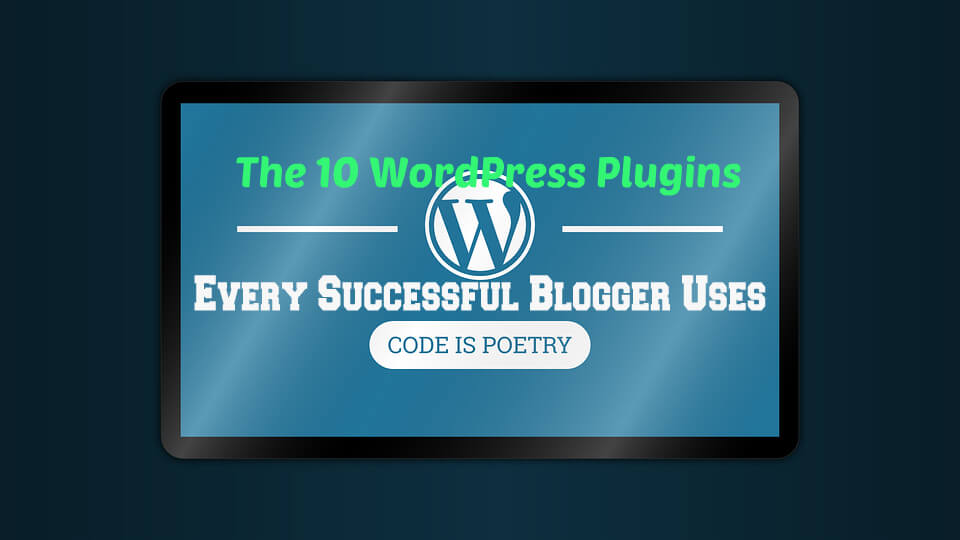As your business grows, so does the need for secured professional data storage. You will have to store information in the form of graphics, e-mails, audio files, document presentations, spreadsheets among other forms. As a business owner, you should understand that you need more space to store your data when you develop new business systems or applications, generate new database records or create more files.
In most cases, choosing a reliable storage solution is difficult because there are numerous professional companies offering such services. The following tips can help you determine the right storage solution for your business:
1. Assess your current and future data storage needs :
Since your business is growing with time, you should first consider your current and future needs for storage. You should start by determining whether you have the minimum storage requirements for your device drivers, applications, documents, etc. Of the space you have left, you need to determine whether it can sustain your storage needs for the next five years. You can manage your business storage needs by restricting the number of storage employees can use, but you cannot sustain these restrictions for a long period of time.
2. Consider your storage options “
Your storage option can be determined by the type of business you are running, your storage needs and your budget. Hence, it is very important to consider all the options to avoid making a mistake or invest your money wrongly. If it is your first time to choose a storage option for your business or you are not familiar with the options, seeking professional advice is highly recommended. However, you will have to spend some money, but it is the right thing to do instead of taking risks or depending on trial and error.
Flash memory thumb drives, external hard drives, network-attached storage, and online storage are some of the options you can choose from although cloud storage is a form of online storage that increases the performance of your network, makes data easily accessible to your employees and guarantees data safety even in case of system failure.
If you are not sure about the storage option to choose or even the pros and cons of the options available, you can visit ServerMania.com to learn more about these storage options. The site offers a range of information mainly about cloud storage to help you make the choice. In fact, if you don’t know the storage option to choose, you can seek professional advice from the site.
3. Develop a plan :
Finally, after making up your mind that you need a data storage solution, you need to develop a plan. The plan will help you make the right choice, spend wisely and exhaust all the option(s) before you make a final decision. Consulting with a trusted IT advisor is the first thing you should do to benefit from their vast experience, knowledge, and skills. Secondly, you will have to research on your own because you cannot rely solely on opinions and ideas from other people. You will have to dispute them, argue, ask questions and give your opinion.
Prudent business owners do not wait until they need more storage to look for options. Instead, they start planning in advance to avoid making mistakes and explore all the available options. Even if you are looking for a viable storage option, you don’t have to spend a lot of money because it can affect your business. In fact, you should remember that you will spend more money as your business grows because you will have more storage needs. This means that you need to be very considerate when selecting a storage solution.
Read Also :






















